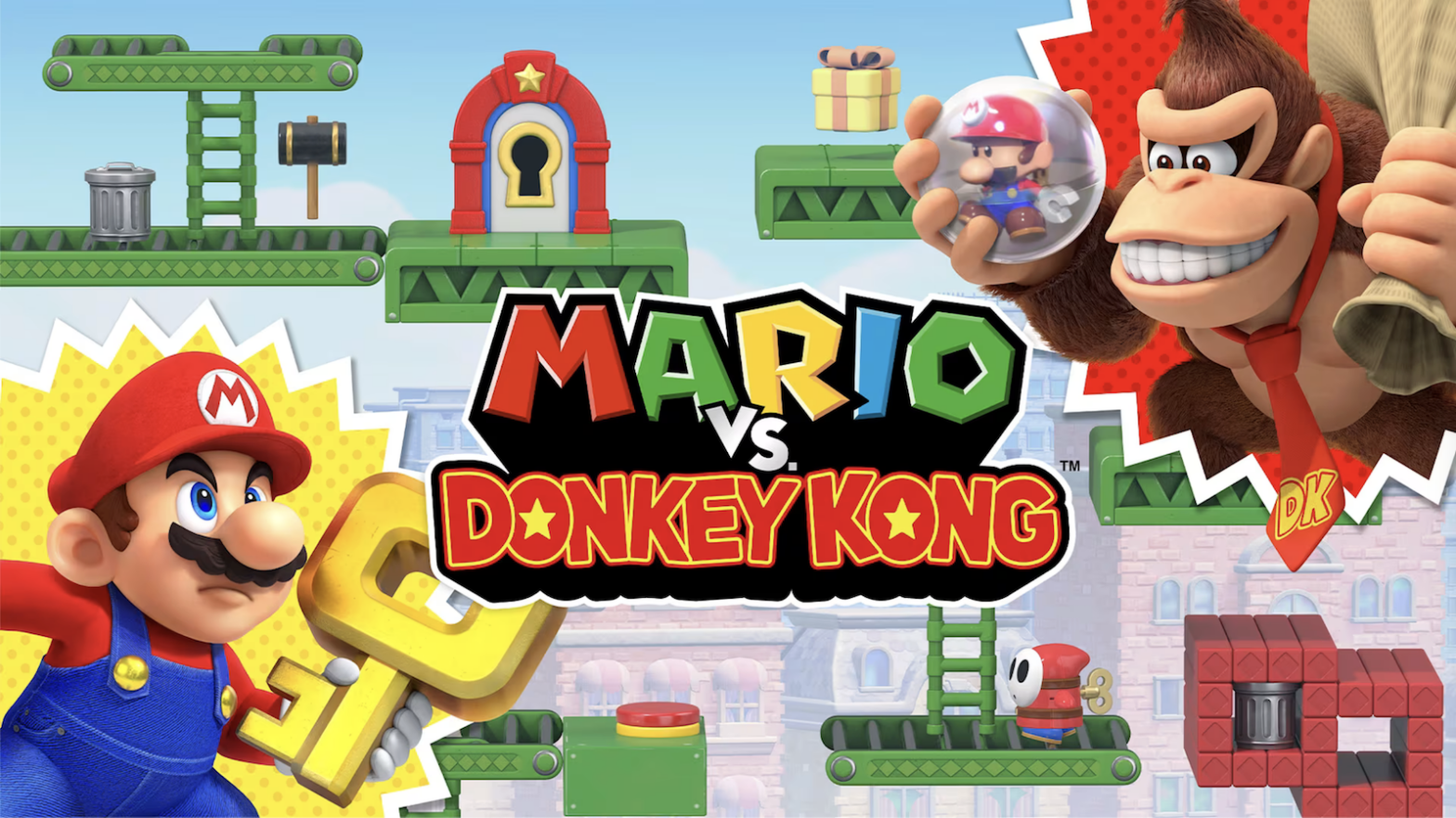You'll love it if:
- You miss playing the classic Donkey Kong games or the 2004 original
- You enjoy short bursts of platforming and puzzles
Not for you if:
- You want a faster paced Mario game like Super Mario Wonder
- You want a game with hundreds of hours of replayability
As is the trend with many of Nintendo’s properties, getting a remaster or re-release on the latest console is almost a rite of passage. Mario Party Superstars had us revisit nostalgic maps from our childhoods. Mario Strikers: Battle League Football brought back our favorite sports spinoff in the Mario universe. And now Mario Vs. Donkey Kong joins them in revitalizing one of my first-ever games played on the Game Boy Advance. With rumors of Nintendo releasing the Switch 2 sometime in 2025, Mario Vs. Donkey Kong seems like a send-off for the Nintendo Switch before the next-generation console. A blast from the past and a nostalgic entry from my childhood, let’s dive into Mario Vs. Donkey Kong.
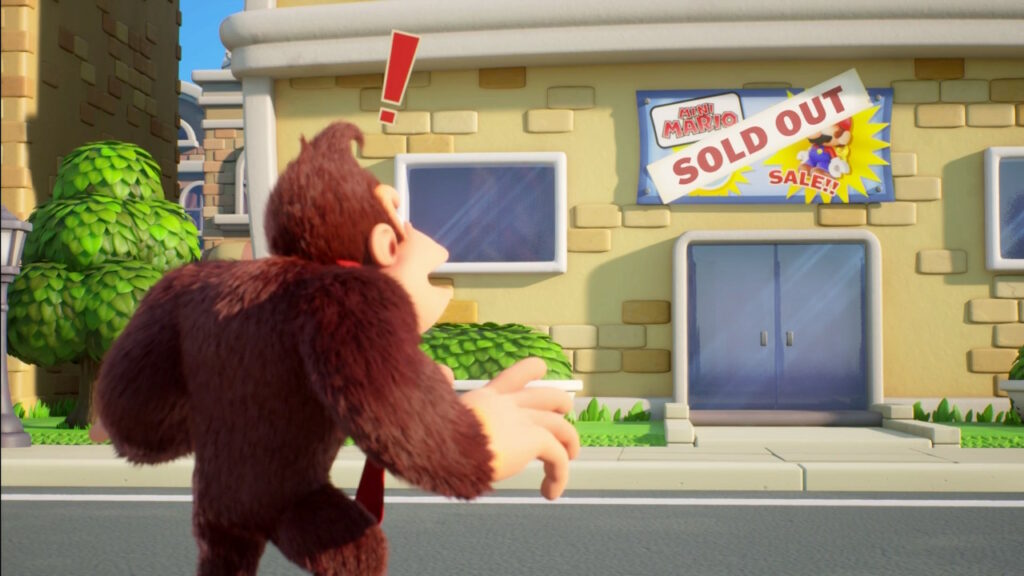
TL;DR
Mario Vs. Donkey Kong is a nostalgic walk down memory lane where Nintendo recreates the feel of playing classic Donkey Kong arcade games and the 2004 release. The movement and platforming are smooth and the gameplay feels fine-tuned albeit with a few issues with collision detection. The game offers short bursts of puzzle solving and platforming with bite-sized levels and is a great way to kill time or keep the kids busy. Mario Vs. Donkey Kong is short and sweet but is over costed for what it offers in gameplay time and replayability, and while fun I also suggest purchasing when on sale or as part of a bundle.
Mario Vs. Donkey Kong: A Quest for the Last Amiibo
The story begins with a tale common to many collectors: Amiibos and Funko Pops. Donkey Kong, enthralled by the advertisements for toy Marios, runs down to the shop only to see that they’re all sold out. Not wanting to pay markups from scalpers, he runs down to the production site and steals all the toys he can get his hands on. Mario, fearing for his lost income, chases down Donkey Kong to retrieve his goods and serve a cease and desist on such activity.
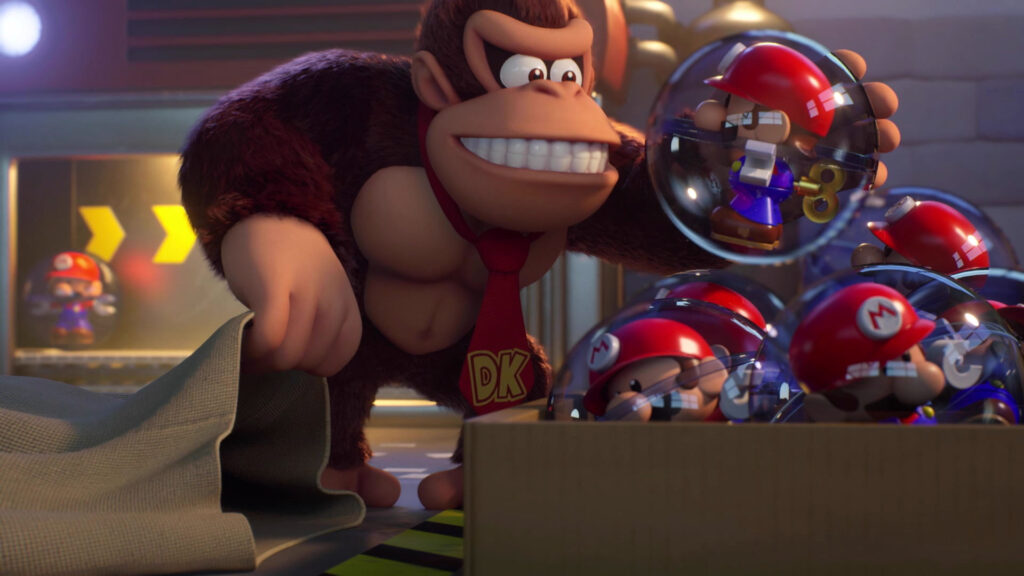
Bitesize fun
The 2004 original title on the Game Boy Advance has now been remade for the Nintendo Switch. The distinct lack of the word Super in the title of this game also stressed the fact this is now a puzzle platformer without the iconic powerups popular in mainline Mario games. Here you focus on using platforming skills and movement mechanics to traverse the levels. After each sequence of levels, there is a shorter “follow the leader” level where you guide the rescued windup Mario toys to a chest, and then you take on Donkey Kong in a boss battle utilizing the main mechanics of the world you are in.
This process repeats for the six worlds that featured in the original version of Mario Vs. Donkey Kong, as well as the two new worlds added in this version. This is a nice gameplay loop for a game that offers bitesize entertainment as opposed to grand adventures and long arching stories. It’s very easy to pick up Mario Vs. Donkey Kong, finish a few levels while on the bus or waiting for something, and then put it back down to pick up the next time you have some time to spare.
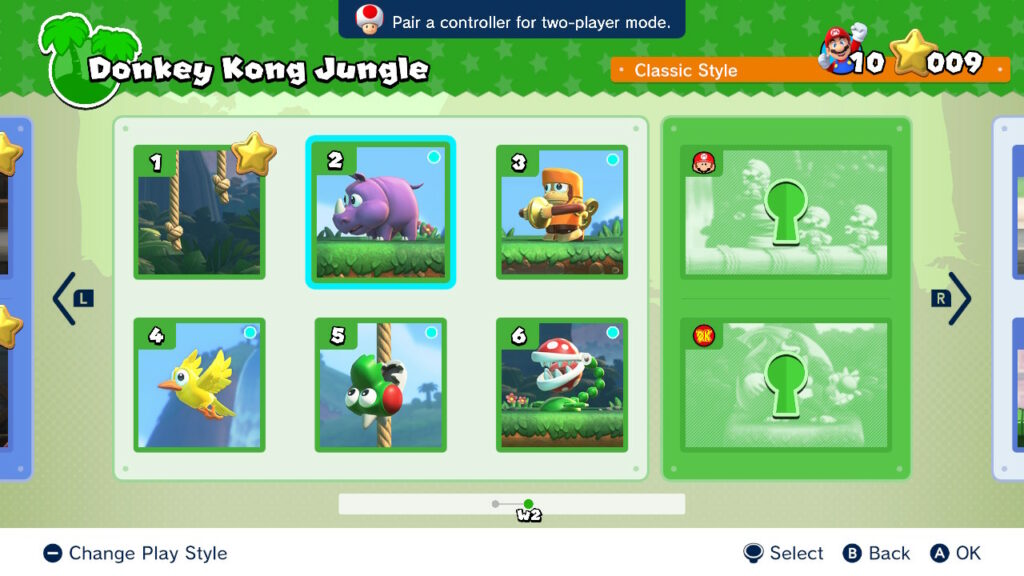
Not So Super Mario
This remastered version of Mario Vs. Donkey Kong may have been given a fresh coat of paint and tuned-up graphics, but the core gameplay and charm of the original are still here. Mario’s movement and acrobatic abilities are the same as they were in the original version of the game. Everything from timing consecutive jumps for added height, going into a handstand to jump higher in place and block projectiles from above, and picking up and throwing enemies have made a return in this game.
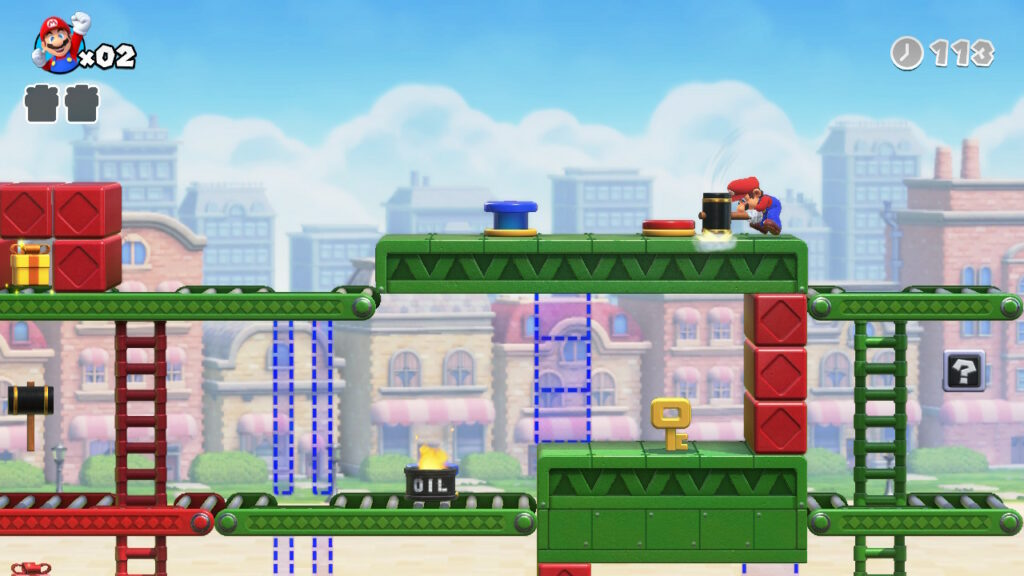
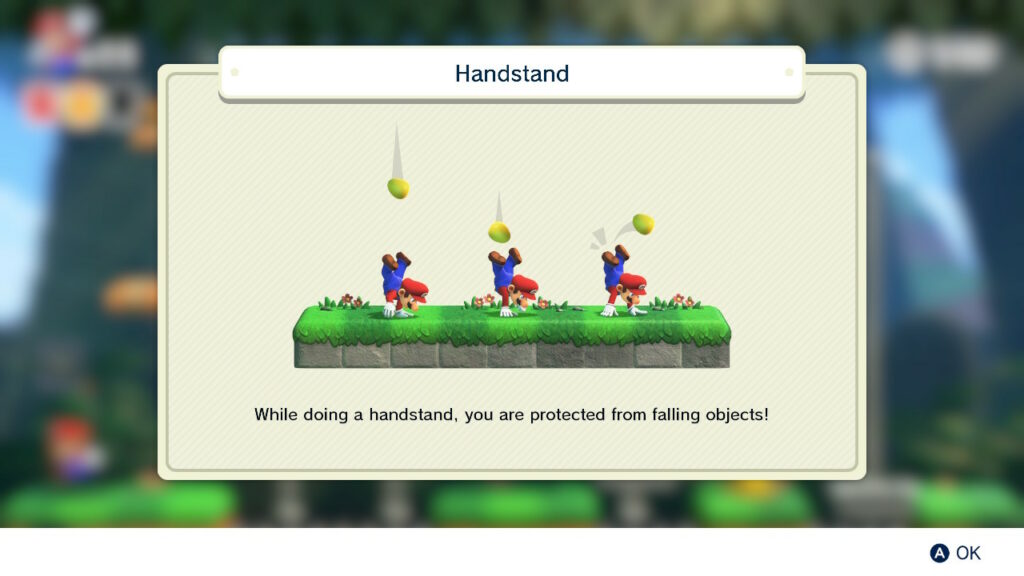

Brain over power
Additionally, much of the gameplay revolves around these acrobatic movements and less on the powerups and defeating of enemies. The focus has shifted away from running across long levels hopping on enemies or blasting them with fireballs, and more towards platform puzzle solving and sometimes mechanical skill of inputs.
Even without the use of powerups and special powers, there are still a variety of ways to dispose of the enemies littered across the stages. For starters, unlike the mainline Mario games, jumping on enemies does not defeat them. Instead, many enemies can be picked up when standing on them, and throwing them into pits or other enemies will defeat them both. Additionally, the hammers from the Donkey Kong games make a return, making running through enemies a breeze. Obstacles and environmental hazards specialized per area will also play a role in removing enemies from the field.
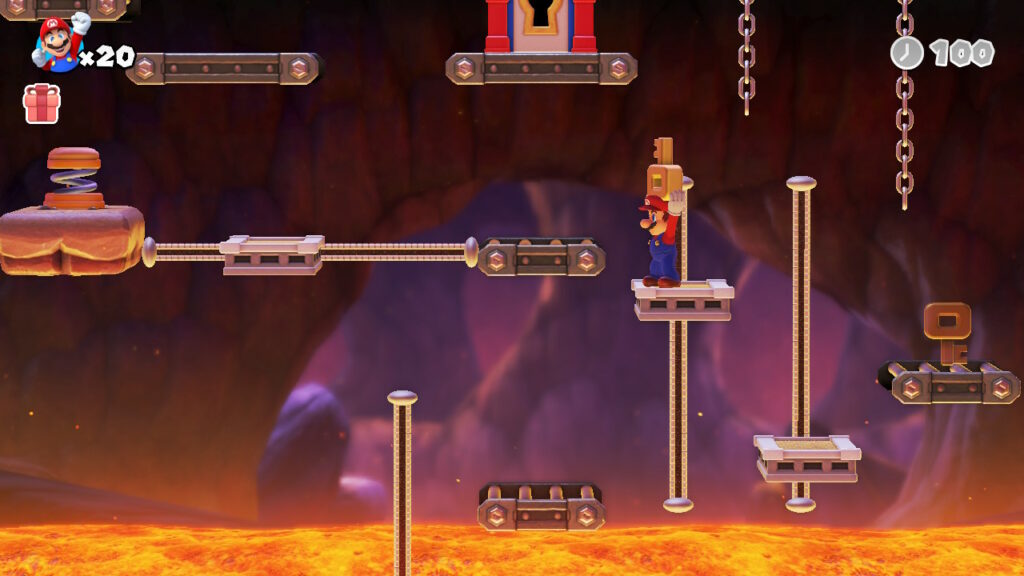
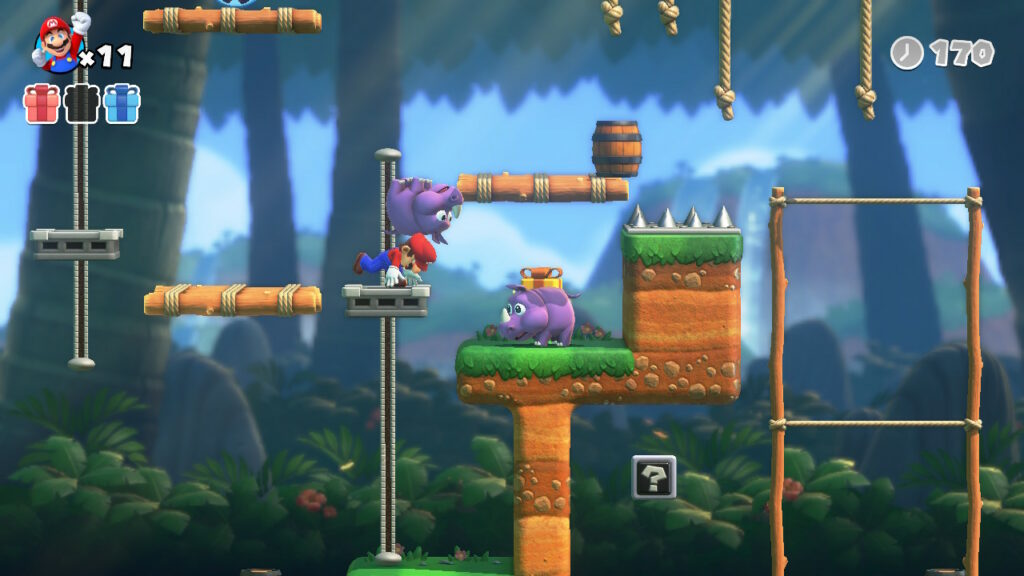
The key thing
In terms of level design, the stages often consist of two parts. The first section of each stage is Mario attempting to get to a key and carrying it back to the door. For the most part, this is relatively easy, but certain stage hazards do make this aspect more complicated. The first issue you’ll quickly see is that Mario can’t perform any of his usual acrobatic moves while holding the key. Soon progression evolves into pre-planning or trial and error with platforming and quick reflexes.
Often Mario Vs Donkey Kong will require you to navigate levels with self-imposed time limits. When carrying the key to the locked door in the first half of levels, Mario becomes unable to climb ladders or perform many of his acrobatic maneuvers to help traverse the stage. Dropping the key, however, begins a 12-second countdown after which the key is returned to its original location.
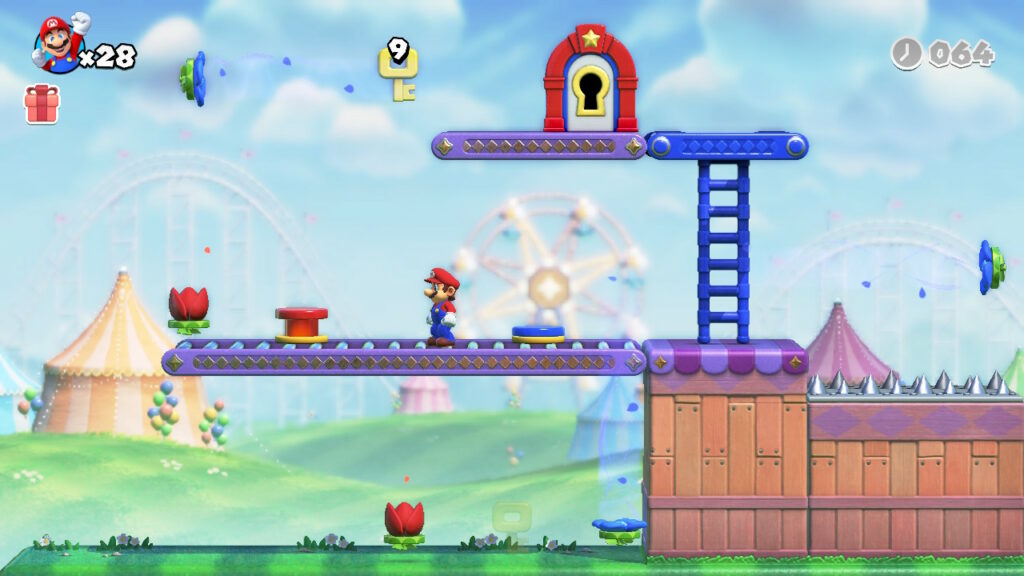
Toys, toys, toys
The second half of each stage has you navigating new obstacles and evading new enemies to retrieve one of the many wind-up Mario toys dropped by Donkey Kong. Often these levels have you navigating to the toy and simply picking it up. The only real challenge here is getting the additional presents scattered throughout the levels for 100% completion of the levels.
After completing the six stages per world, we’re treated to a two-part final level. In the first part, Mario utilizes the several mechanics of the set world to lead a group of mini wind-up Mario toys to a toy chest. Each successfully collected toy is a life to use in the following level. The second part of this stage is a boss battle featuring, you guessed it, Mario Vs. Donkey Kong. I really enjoyed the variations of throwing barrels back at Donkey Kong or knocking him out with various fruits. Each boss battle uses the mechanics of the world to combat Donkey Kong and take back your toys. These boss battles for me were the highlight of the game.
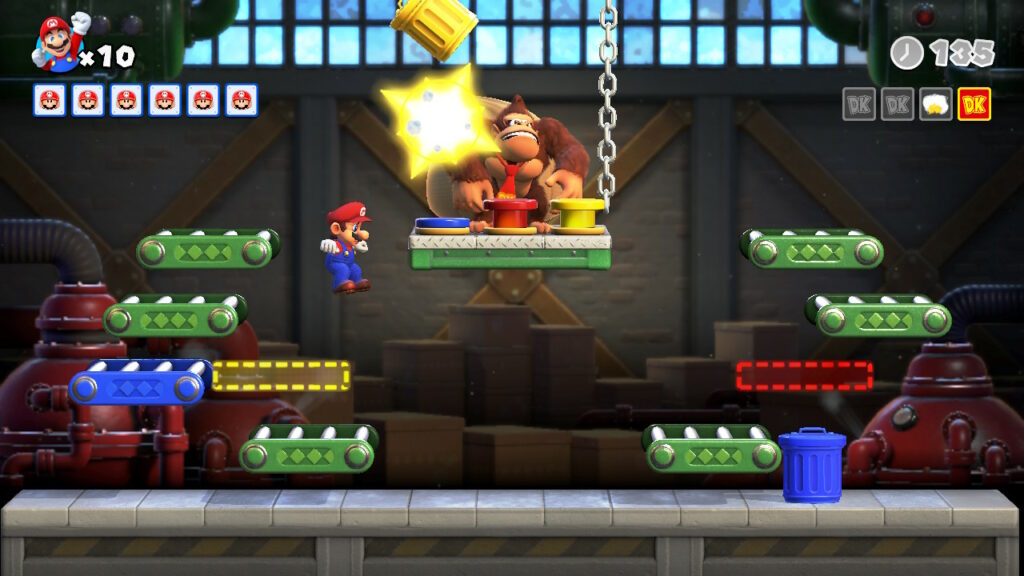
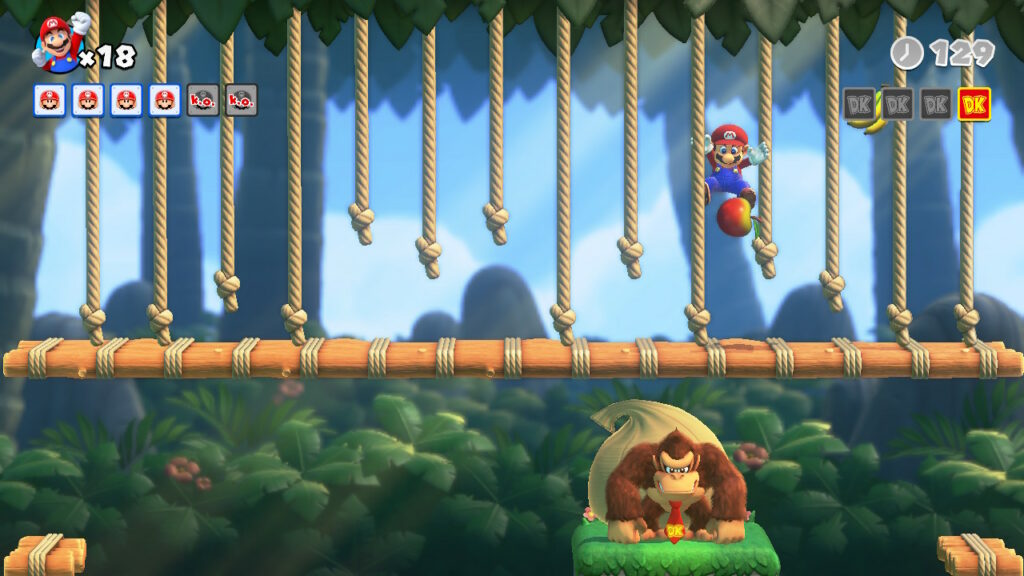
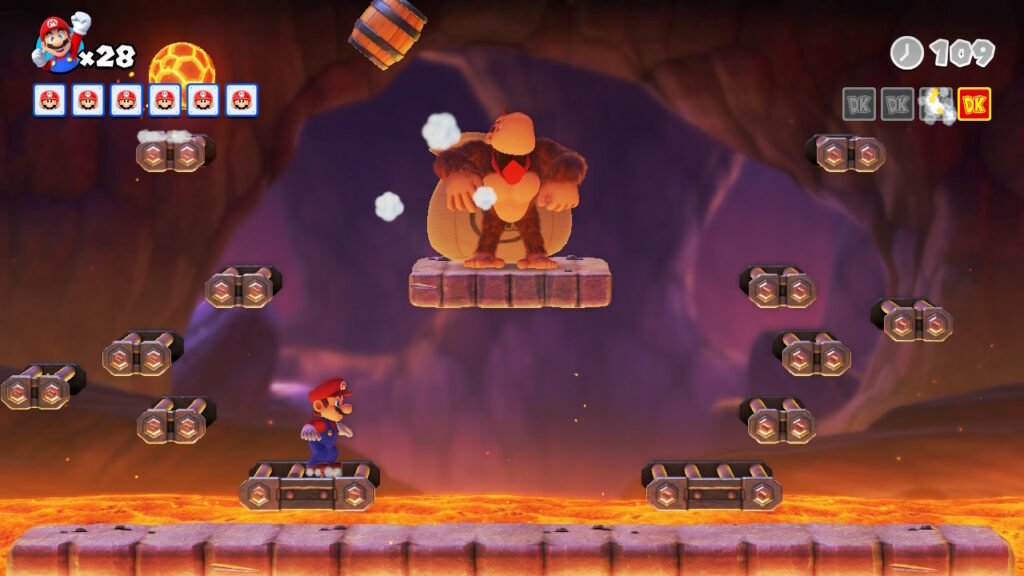
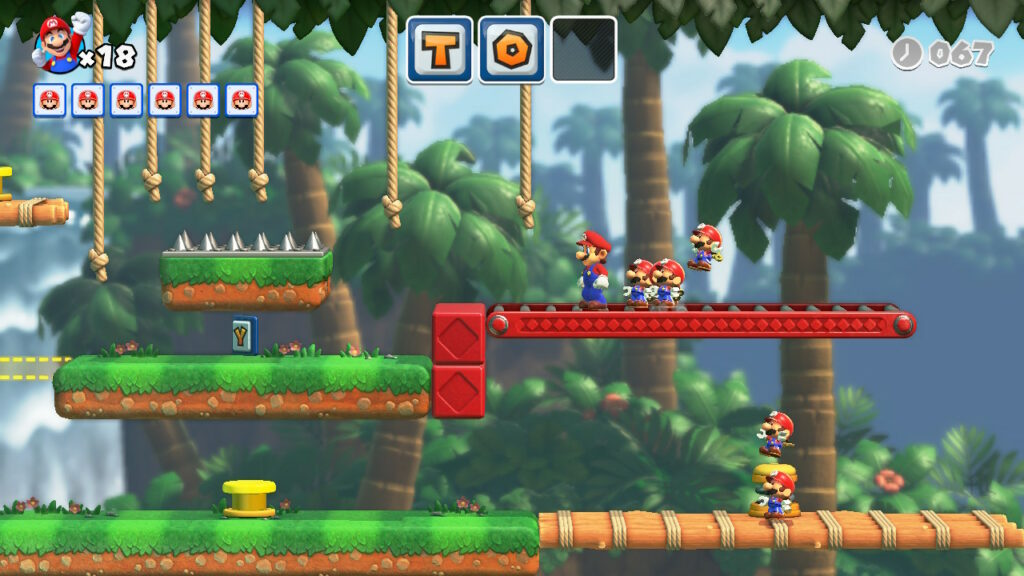
Short and Sweet
Like many Mario games in my experience, Mario Vs. Donkey Kong falls more on the easy side in terms of difficulty. This is by no means a bad thing; it adds to the nature of what the game is meant to be. This is a fun experience that engages your mind and keeps your attention without being needlessly difficult. It speaks to who Mario Vs. Donkey Kong is meant to target who they expect to play. Even then, it makes considerations for those who still find some of the puzzles challenging with a casual mode with the inclusion of invincibility bubbles at each level.
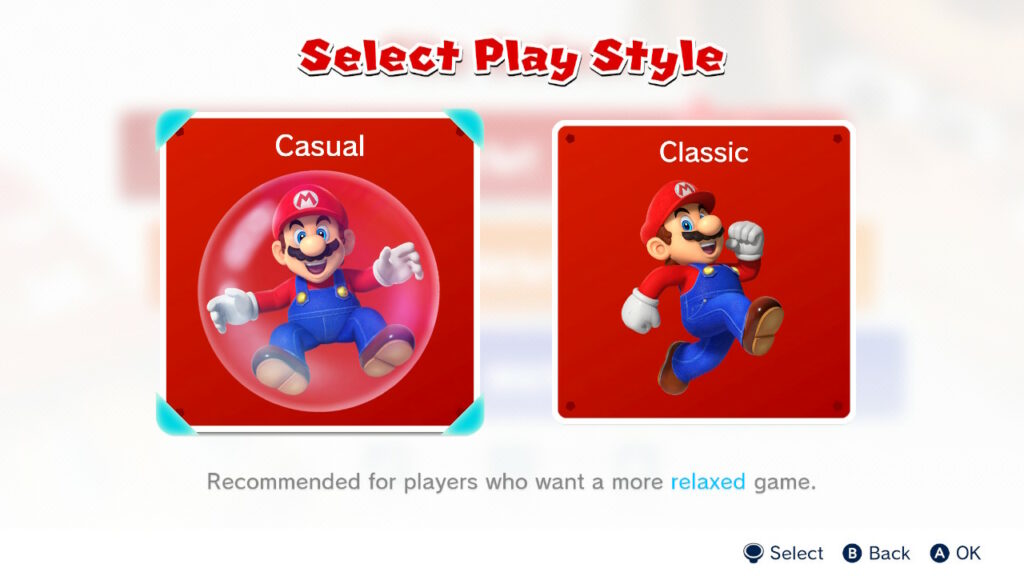
Difficulty
Each world and its accompanying stages have their unique gimmicks and mechanics that are used to create platforming puzzles. The first few worlds set the tone and provide relatively straightforward challenges that are easy to navigate. As the game progresses, the unique mechanics of each stage test your timing and dexterity further. Even with the two added stages, it only took 4-5 hours to beat all the initial stages.
On completing the stages, however, you do unlock a new game plus of sorts. The worlds are redesigned with more complex designs, more unique puzzles, and reworked boss fights with Donkey Kong. While designed to be more difficult I was finding my flow of the controls and these really didn’t differ all that much in terms of experience for me. While I still failed levels on occasion, I never lost enough lives to really make an impact on the run, even with only having to be hit once.
On the topic of lives as well, they really don’t do much in Mario Vs. Donkey Kong. When you are hit by an enemy or fall onto spikes, you lose a life as usual and restart the section of the level. If you lose a life on the second half of a level you go back to the start of the second half.
The issue that arises is when you lose all your lives and hit the game over screen, all you do is go back to the level menu and pick right back up where you left off. I’m not saying there needs to be a punishment for failing a level, but the entire life mechanic is redundant and seems to be in the game for the sole purpose of making the bonus stages more appealing.
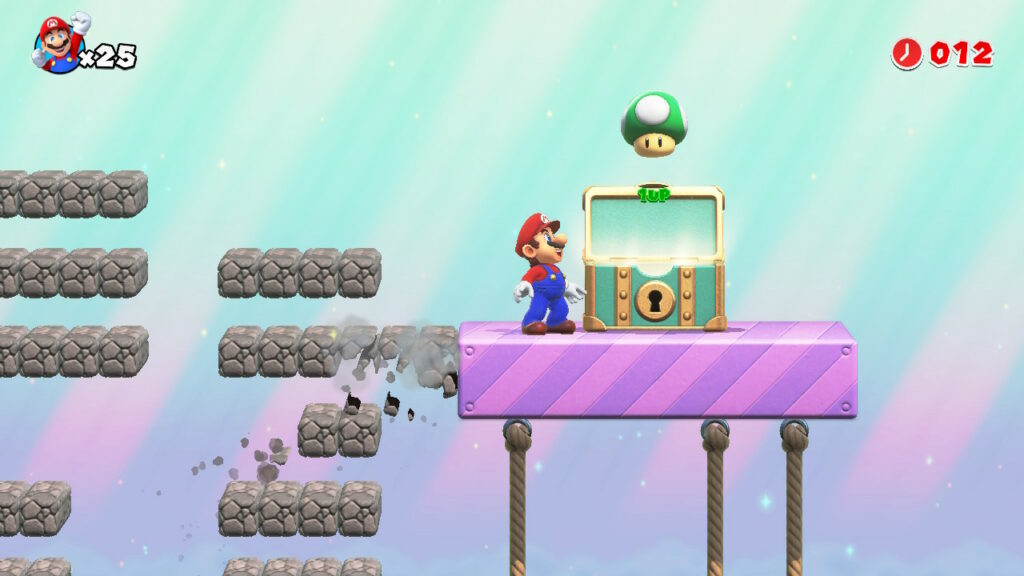
No added bonus
There also is the presence of bonus levels for those who do like more of a challenge. By earning gold stars on levels you also unlock challenge levels with even more traps, and can make for some engaging puzzle solving and platforming. This coupled with the time-attack levels where you race to beat a stage on a clock, does give some interesting moments with some challenge. The unfortunate side here is that there is little incentive to play these levels as there’s no reward for completing them. And while true, you don’t need a reward for simply playing a game, it would be nice to unlock perhaps cosmetic changes for Mario, or even bonus soundtracks or artworks for beating them.
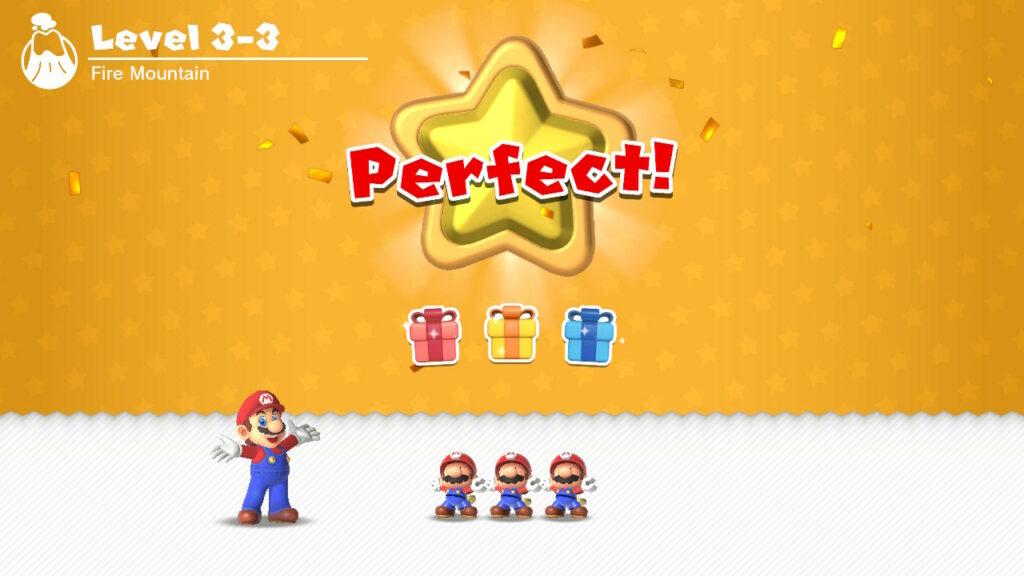
The Finer Details
One thing that Mario Vs. Donkey Kong does amazingly is the graphic overhaul of the game. Now of course it’s easy to say that compared to the Gameboy version the graphics are an improvement, but I would like to go more into detail about the visual aspect of Mario Vs. Donkey Kong.
At a straight glance, there are many positives, the modern graphics, the smooth animations, and the upgrade of cutscenes over the original PowerPoint slideshows. The design space matches the classic Mario games so much that I sometimes found myself jumping on cannonballs in certain levels expecting to bounce off them. Only, in Mario Vs. Donkey Kong, you cannot.
I do believe that while the designs are smooth and the images pop out, there are some issues with the images not being representative of the hit frames themselves. Often I would find myself jumping to grab a rope or ladder and not grab a hold of it. On some levels, I found that the ladders particularly didn’t line up with the actual pixels needed to make contact and grab onto them. I also encountered the same issue when facing enemies. I would often get frustrated when I would land on top of an enemy but not dead center and die anyway.

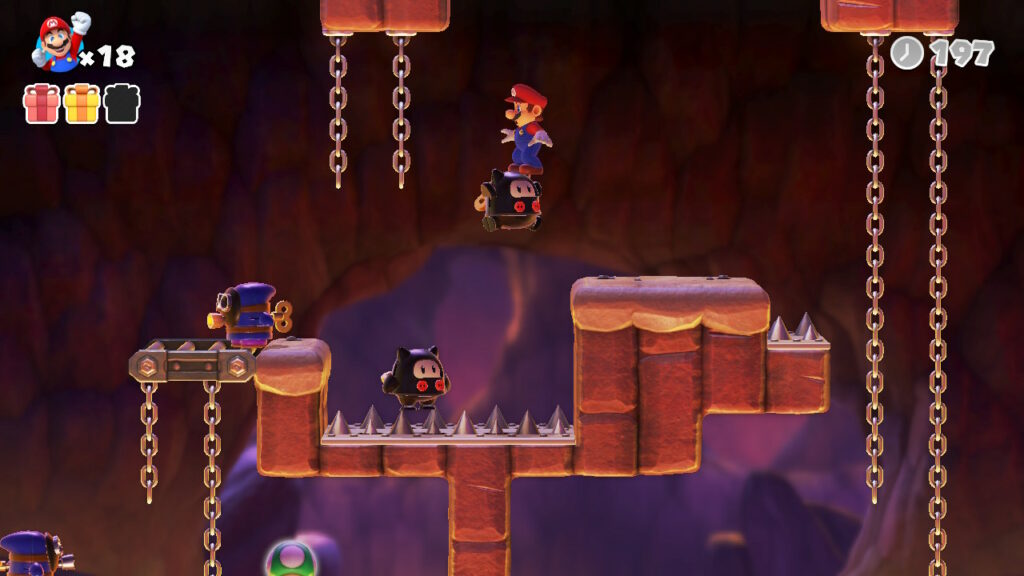
The Verdict
Coming off the success of Super Mario Wonder, Mario Vs. Donkey Kong is a lot more of a mellow and low-key release for Nintendo. The visual overhaul of the 2004 classic hits home for those who have fond memories of the original and it’s refreshing to see a remake that still keeps the spirit of its predecessor.
The game’s overall ease in terms of difficulty makes it a fun inclusion for a family console that can provide a mentally stimulating experience without any of the frustration of tedious repetitive levels. There are still a few issues here and there, with a lack of polish in a few areas. Poor collision detection and lack of depth in overall game content and replayability.
My biggest issue is that for a game of this size, it most definitely isn’t worth the current 50 euro price tag. For a game that you may get 15-20 hours of gameplay optimistically, I do recommend waiting for a discount before purchasing. Regardless, I do believe that Mario Vs. Donkey Kong is still an enjoyable way to pass the time and I do recommend it as fun for the whole family.
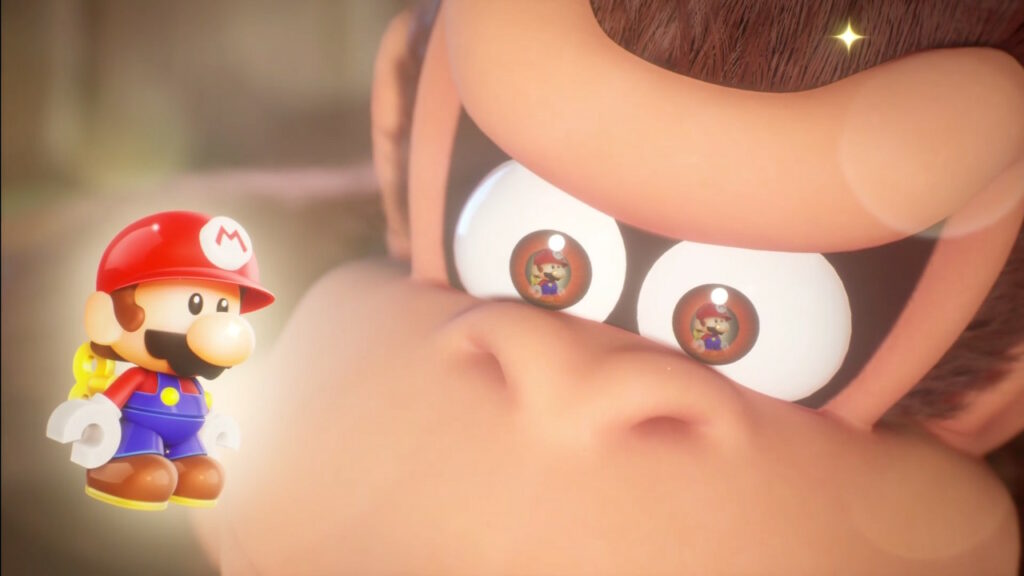
Special thanks to CDMedia for supplying us with a review copy!
